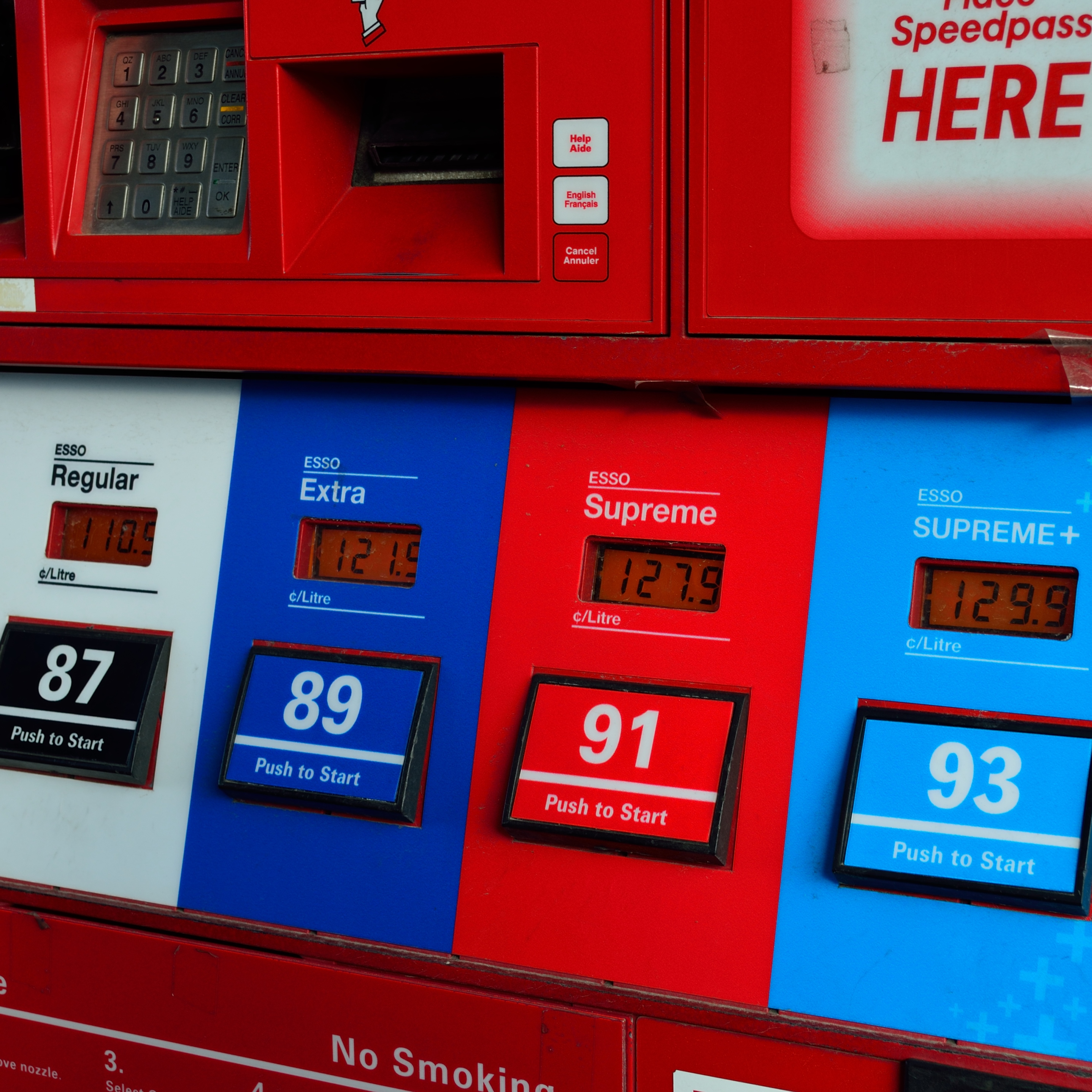
The U.S. Energy Information Administration (EIA) released its weekly petroleum status report Wednesday morning, showing that U.S. commercial crude inventories increased by 5.9 million barrels last week, maintaining a total U.S. commercial crude inventory of 468.2 million barrels. The commercial crude inventory remains in the upper half of the average range for this time of year.
Tuesday evening the American Petroleum Institute (API) reported that crude inventories rose by 6.2 million barrels in the week ending September 8. API also reported gasoline supplies fell by 7.9 million barrels and distillate inventories fell by 1.8 barrels. For the same period, analysts surveyed by The Wall Street Journal had consensus estimates for an increase of 3.7 million barrels in crude inventories, a decrease of 3 million barrels in gasoline inventories and a drop of 1.3 million barrels in distillate stockpiles.
Total gasoline inventories fell by 8.4 million barrels last week, according to the EIA, and remain near the upper limit of the five-year average range. U.S. refineries produced about 9.5 million barrels of gasoline a day last week, down about 1.1 million barrels compared to the prior week. Total motor gasoline supplied (the agency’s proxy for demand) averaged over 9.9 million barrels a day for the past four weeks, up by about 400,000 barrels a day compared with the prior week.
In a report published Monday, the EIA said that gross inputs to Gulf Coast refineries fell by 34% (3.2 million barrels a day) week over week in the week ending September 1. That is the largest drop since 2008. Refinery utilization fell from 96% to 63%.
The refinery shutdowns curtailed production of refined products, but it was not the only factor contributing to higher pump prices in that week. The Colonial pipeline that carries 2.5 million barrels of refined products per day from the Gulf Coast to the East Coast operated only intermittently during Hurricane Harvey, forcing a drawdown of 2.2 million barrels in East Coast gasoline inventories.
The full effects of the storm pushed gasoline pump prices up by 28 cents per gallon to a national average of $2.68 a gallon on September 4. Interestingly, pump prices rose by a higher absolute amount per gallon in Texas (40 cents per gallon) and Houston (35 cents per gallon), but the averages for Texas ($2.56 a gallon) and Houston ($2.43 a gallon) remained lower than the national average.
Gasoline prices had reached $2.70 a gallon in Florida in the wake of Hurricane Irma, but more than half of all gas stations in Florida cities had no gas available this morning.
Before the EIA report, benchmark West Texas Intermediate (WTI) crude for October delivery traded up about 1.1% at around $48.74 a barrel, and it traded at $47.78 shortly after the report’s release. WTI settled at $48.23 on Tuesday and opened at $48.34 Wednesday morning. The 52-week range on October futures is $42.52 to $58.34.
Distillate inventories decreased by 3.2 million barrels last week and have moved to the middle of the average range for this time of year. Distillate product supplied averaged over 4 million barrels a day over the past four weeks, up by 10.4% compared with the same period last year. Distillate production averaged about 4 million barrels a day last week, down about 500,000 barrels a day compared to the prior week’s production.
For the past week, crude imports averaged 6.5 million barrels a day, down by 603,000 barrels a day compared with the previous week. Refineries were running at 77.7% of capacity, with daily input averaging 14.1 million barrels a day, about 394,000 barrels a day less than the previous week’s average. Analysts were looking for refinery usage of 83.7% for the week.
Crude oil exports rose to 774,000 barrels a day last week, up by 621,000 barrels over the prior week and 356,000 barrels more than at the same time last year. The cumulative daily average export total last week remained unchanged at 759,000 barrels a day, up from 479,000 barrels a day in the same week a year ago, an increase of 58.5%.
According to AAA, the current national average pump price per gallon of regular gasoline is $2.656, down less than a penny, from $2.661 a week ago and up about 30 cents per gallon compared with the month-ago price. Last year at this time, a gallon of regular gasoline cost $2.178 on average in the United States.
Here is a look at how share prices for two blue-chip stocks and two exchange traded funds reacted to this latest report.
Exxon Mobil Corp. (NYSE: XOM) traded up less than 0.1%, at $79.56 in a 52-week range of $76.05 to $93.22. Over the past 12 months, Exxon stock has traded down about 12%.
Chevron Corp. (NYSE: CVX) traded up about 0.5%, at $113.06 in a 52-week range of $97.53 to $119.00. As of last night’s close, Chevron shares are down about 4% over the past 12 months.
The United States Oil ETF (NYSEMKT: USO) traded up about 0.6%, at $9.93 in a 52-week range of $8.65 to $12.00.
The VanEck Vectors Oil Services ETF (NYSEMKT: OIH) traded up about 1.7%, at $22.27 in a 52-week range of $21.70 to $36.35.
Are You Ahead, or Behind on Retirement? (sponsor)
If you’re one of the over 4 Million Americans set to retire this year, you may want to pay attention.
Finding a financial advisor who puts your interest first can be the difference between a rich retirement and barely getting by, and today it’s easier than ever. SmartAsset’s free tool matches you with up to three fiduciary financial advisors that serve your area in minutes. Each advisor has been carefully vetted, and must act in your best interests. Start your search now.
Don’t waste another minute; get started right here and help your retirement dreams become a retirement reality.
Thank you for reading! Have some feedback for us?
Contact the 24/7 Wall St. editorial team.
 24/7 Wall St.
24/7 Wall St.



